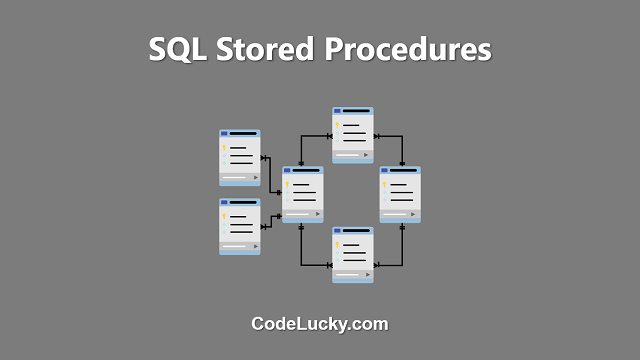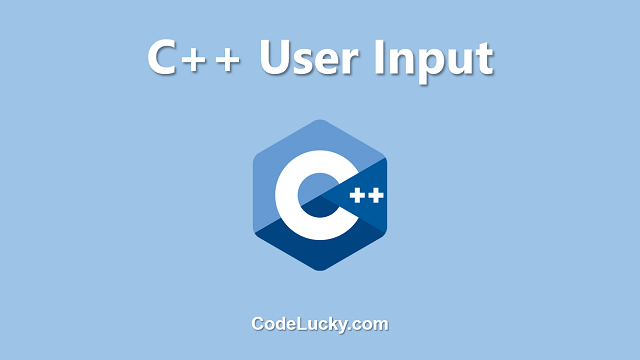SQL Injection is a security vulnerability that can occur in a database-driven web application. It is one of the most common web application security risks and occurs when user-supplied data is used in an SQL query without proper validation and escaping. This can lead to an attacker gaining access to sensitive information stored in the database or even taking control of the database itself.
How Does SQL Injection Work?
SQL Injection works by exploiting vulnerabilities in the way user-supplied data is used in SQL statements. A typical web application takes user input, such as login credentials or a search term, and uses it in an SQL query to retrieve data from a database. If the input is not properly validated or escaped, an attacker can supply malicious data that is interpreted as part of the SQL statement. This can lead to unintended or harmful consequences, such as revealing sensitive data, modifying data, or even executing administrative commands.
Examples of SQL Injection
Here are a few examples of how SQL Injection can occur:
Login Bypass
Consider a web application that uses a simple SQL query to authenticate a user:
SELECT * FROM users WHERE username = '$username' AND password = '$password'
If an attacker enters the following as the username:
' OR '1'='1
The resulting SQL query will be:
SELECT * FROM users WHERE username = '' OR '1'='1' AND password = '$password'
This query will return all rows in the users table, bypassing the authentication process and allowing the attacker to access the application as any user.
Data Retrieval
Consider a web application that allows users to search for products based on a keyword:
SELECT * FROM products WHERE name LIKE '%$keyword%'
If an attacker enters the following as the keyword:
%' UNION SELECT username, password FROM users --
The resulting SQL query will be:
SELECT * FROM products WHERE name LIKE '%' UNION SELECT username, password FROM users --%'
This query will retrieve the username and password of all users from the database, exposing sensitive information.
Preventing SQL Injection
There are several methods for preventing SQL Injection, including:
- Using parameterized queries or prepared statements
- Escaping user-supplied data
- Using a web application firewall
- Implementing least privilege for database accounts
- Regularly monitoring and auditing database activity
It is important to implement a combination of these methods to ensure the maximum level of security against SQL Injection attacks.
Using Parameterized Queries or Prepared Statements
One of the most effective ways to prevent SQL Injection is to use parameterized queries or prepared statements. These techniques separate user-supplied data from the SQL statement, allowing the database to distinguish between actual SQL code and data. This eliminates the ability for an attacker to inject malicious code into the SQL statement.
Here are a few examples of how to use parameters in different programming languages:
PHP
$stmt = $conn->prepare("SELECT * FROM users WHERE username = ? AND password = ?");
$stmt->bind_param("ss", $username, $password);
$stmt->execute();
$result = $stmt->get_result();
Java
String sql = "SELECT * FROM users WHERE username = ? AND password = ?"; PreparedStatement stmt = conn.prepareStatement(sql); stmt.setString(1, username); stmt.setString(2, password); ResultSet result = stmt.executeQuery();
C#
string sql = "SELECT * FROM users WHERE username = @username AND password = @password";
using (SqlCommand cmd = new SqlCommand(sql, conn)) {
cmd.Parameters.AddWithValue("@username", username);
cmd.Parameters.AddWithValue("@password", password);
SqlDataReader reader = cmd.ExecuteReader();
// process the results
}
As you can see in the examples, the user-supplied data is not directly included in the SQL query. Instead, it is passed as parameters to the query, which allows the database to safely use the data without it being interpreted as part of the SQL statement.
Escaping User-Supplied Data
Escaping user-supplied data involves converting special characters in the data into a harmless format that can be safely used in an SQL statement. This can help prevent SQL Injection by ensuring that any malicious code is treated as data and not executed as part of the SQL statement.
Using a Web Application Firewall
A web application firewall (WAF) is a security tool that can help protect against SQL Injection and other types of web application security risks. A WAF can monitor incoming requests and block those that contain malicious code, such as SQL Injection attempts. This can provide an additional layer of security to help prevent successful SQL Injection attacks.
Implementing Least Privilege for Database Accounts
Least privilege is a security concept that involves limiting the access and privileges of users and applications to only what is necessary for them to perform their tasks. This can help prevent SQL Injection by limiting the ability of an attacker to access and modify sensitive data if they are able to successfully exploit a vulnerability in the application.
Regularly Monitoring and Auditing Database Activity
Regularly monitoring and auditing database activity can help detect and prevent SQL Injection attacks. This can include monitoring for unusual database activity, such as excessive amounts of data being retrieved or modified, and reviewing logs for signs of suspicious activity. Auditing database activity can help identify potential vulnerabilities and help prevent successful SQL Injection attacks.
Conclusion
SQL Injection is a serious security risk for web applications that use databases. It is important to understand how it works and implement effective measures to prevent it, such as using parameterized queries or prepared statements, escaping user-supplied data, using a web application firewall, implementing least privilege for database accounts, and regularly monitoring and auditing database activity. By taking these steps, organizations can help ensure the security of their web applications and protect sensitive data from unauthorized access and manipulation.







